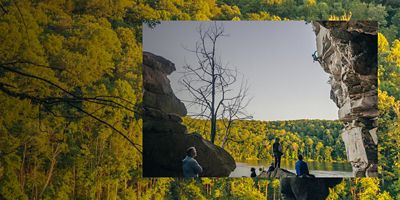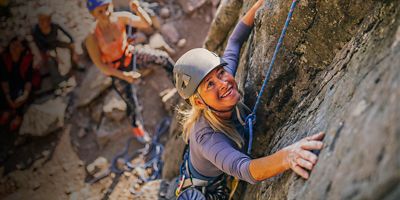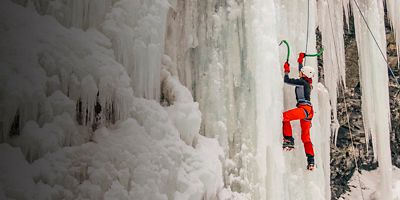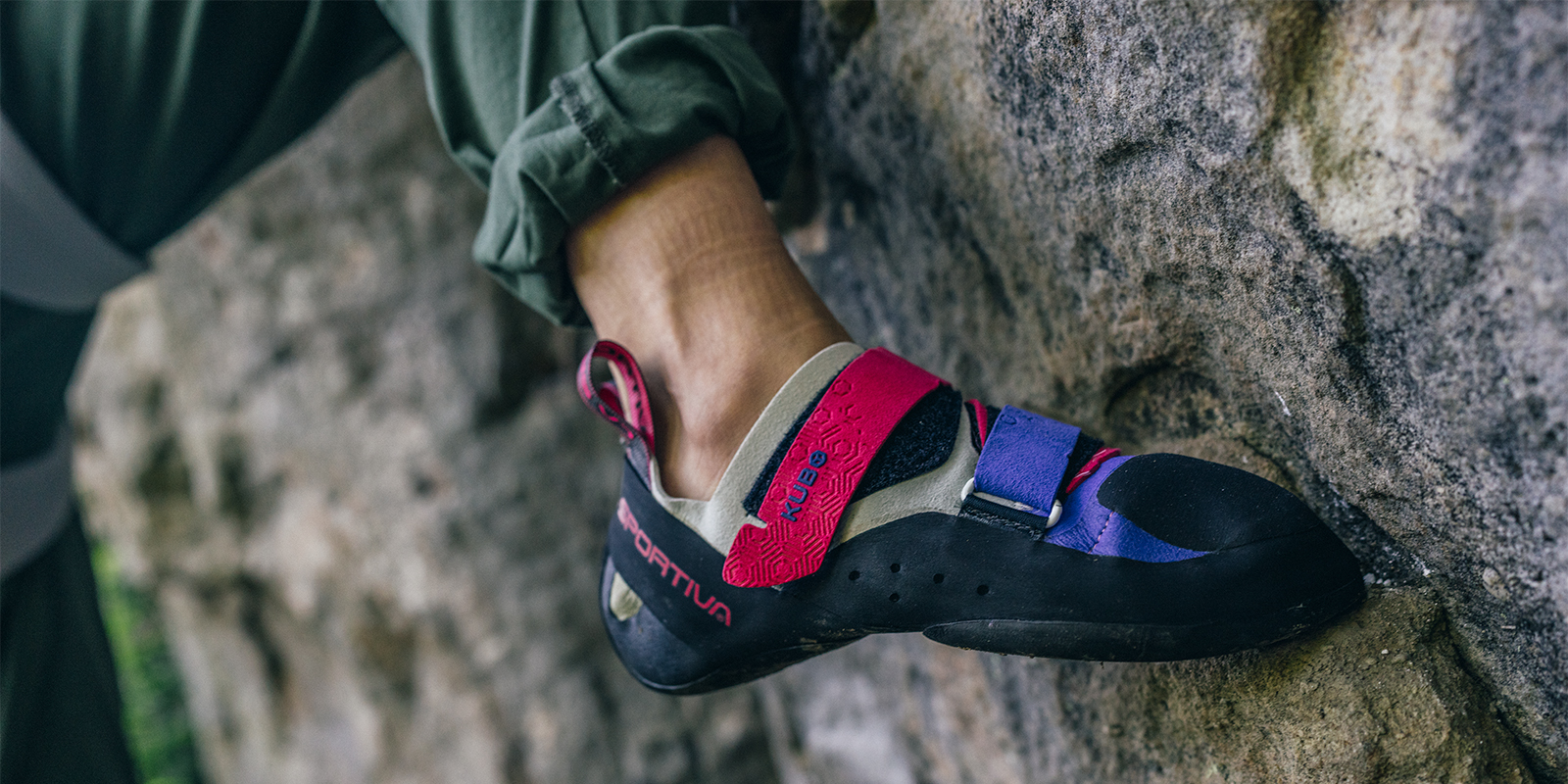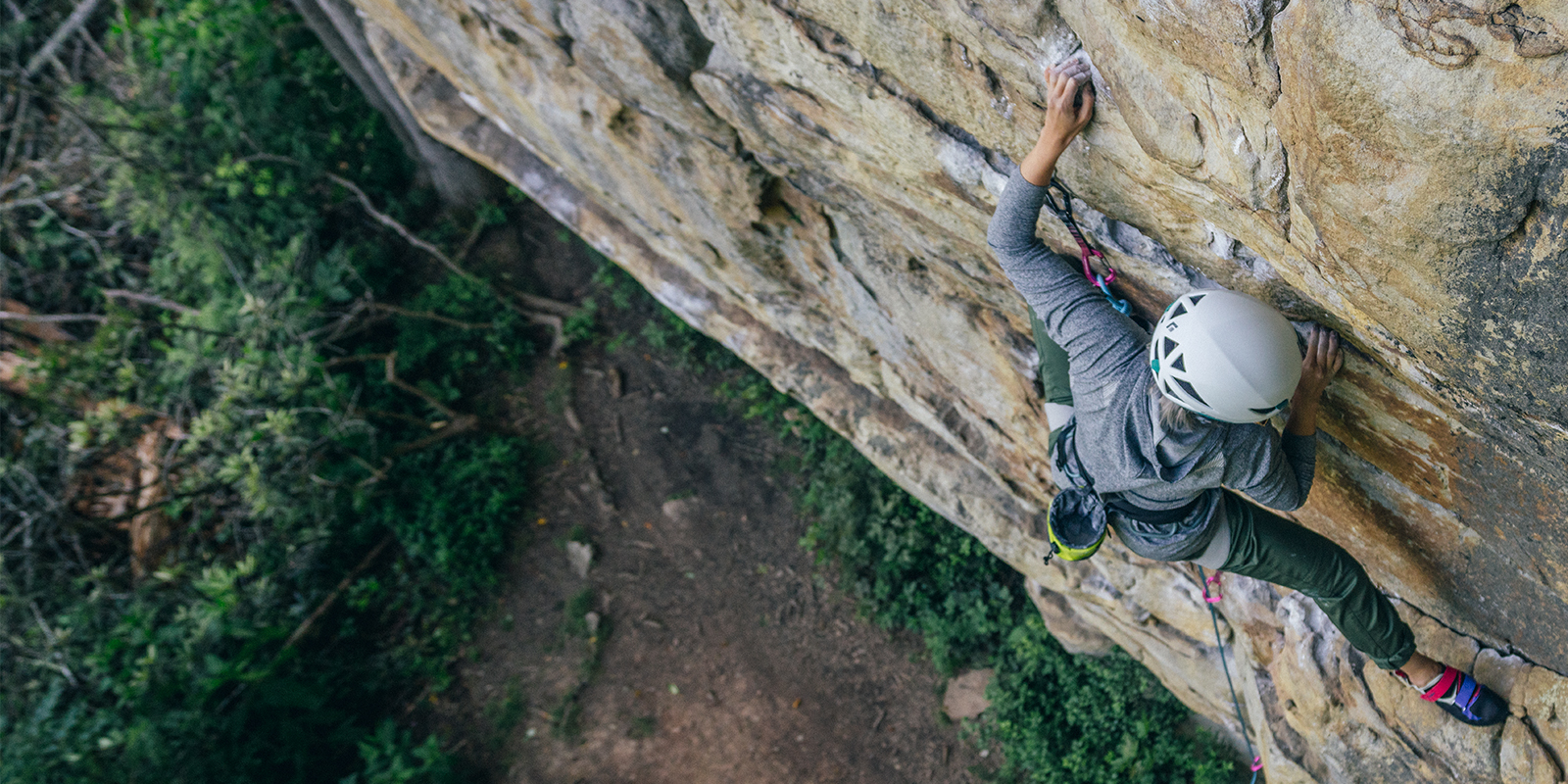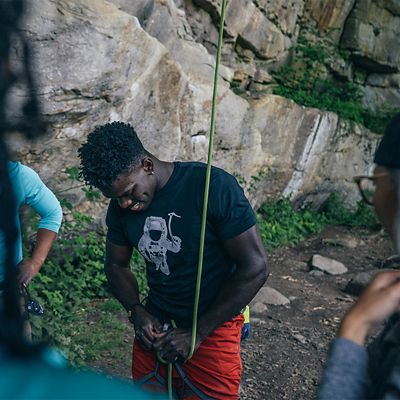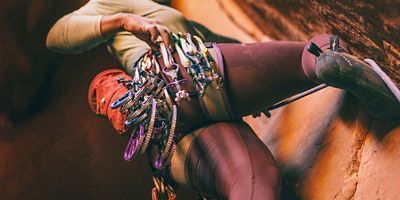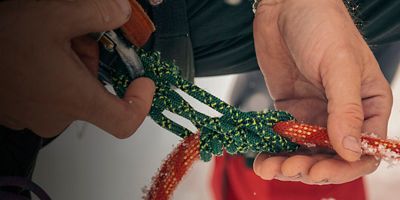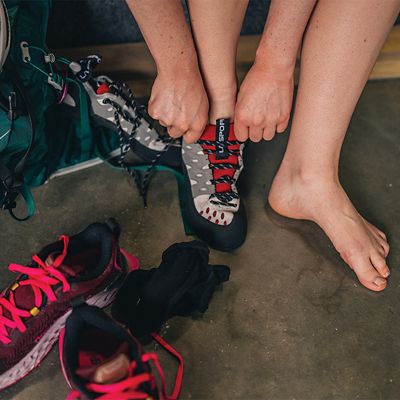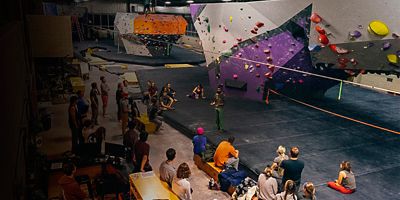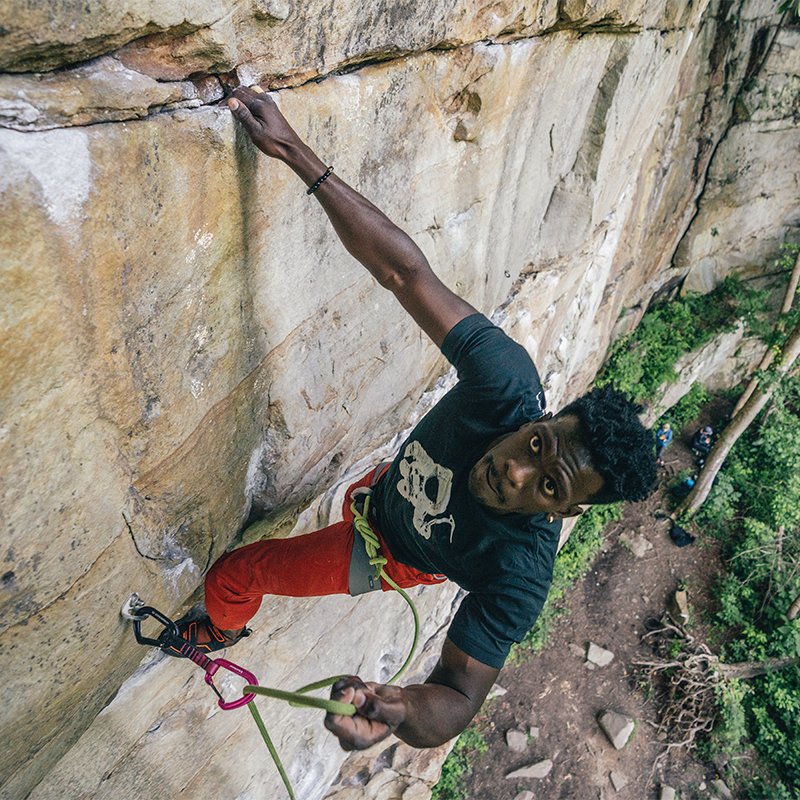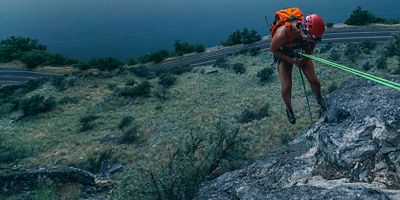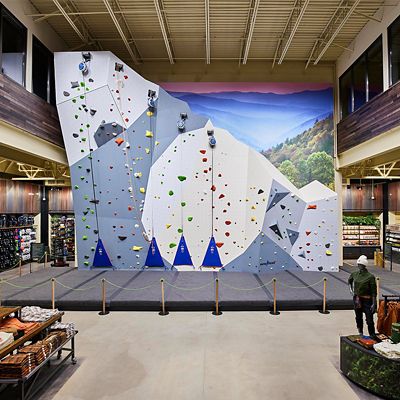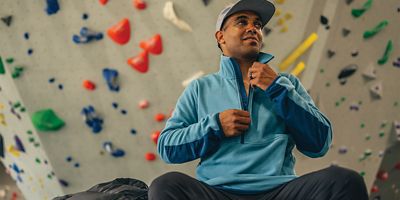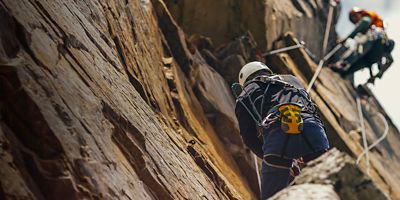
As far as outdoor sports go, climbing is pretty much the full package. It’s an incredible way to get a full-body workout in a short period of time. It gives you the opportunity to push your limits mentally as well as physically. It can hone your balance, flexibility, and spatial problem-solving skills. For many, it’s also a source of tight-knit community connection, plus a much-needed escape from the daily grind.
Like any sport, you’ll need some basic gear to do it safely. Here are the essentials for having fun and managing risk both on the rock and in the gym.
The Basics
Climbing Shoes
If you get one piece of climbing gear, make it a pair of climbing shoes. Their snug fit, precise shape, and grippy rubber soles make climbing way easier—and way more fun—than scrambling around in sneakers. In fact, you can start indoor bouldering or light scrambling with nothing more than a good pair of climbing shoes.
Chalk Bag
A chalk bag (filled with a climbing chalk of your choice) is a must for keeping your skin dry. Nearly all climbers rely on chalk for a secure grip both indoors and outdoors.
Harness
If you plan to do any roped climbing or belaying, you’ll need a harness. Prioritize a comfortable fit, and inspect it every few months to make sure there’s no undue wear and tear.
Belay Device
On roped climbs, your belay device is what keeps your climbing partner from falling. Some climbing gyms provide belay devices, but many don’t. And, of course, if you plan to do any outdoor climbing, you’ll need to supply all your own gear. There are many different belay devices on the market, so be sure to do your research before you buy.
Apparel
Approach Shoes
You can walk to a crag in any footwear, including sneakers or hiking shoes. But if the hike involves any scrambling, slick rock, or third-class terrain, opt for approach shoes, which have a stiffer build for added support and rubber soles for superior grip.
Climbing Pants
Some climbers wear shorts in especially hot weather, but pants are the gold standard for avoiding nicked knees. Cotton-based pants can be comfortable and durable, but synthetic and softshell climbing pants dry more quickly and are often better at deflecting wind.
Tank or T-shirt
Since sweaty hands are the enemy of good grip, most folks wear a tank top or T-shirt as their base layer for climbing. Merino wool and synthetic materials are often recommended; unlike cotton, they dry fast, so you won’t feel clammy post-climb.
Warm layers
Pack a fleece or sweater whenever you climb outdoors. Temperatures can change fast, especially since rock tends to warm or cool dramatically according to sun exposure. Add a lightweight wind shell if you’re bouldering above treeline or doing any roped climbing on cliff faces, which are often exposed to the wind.



